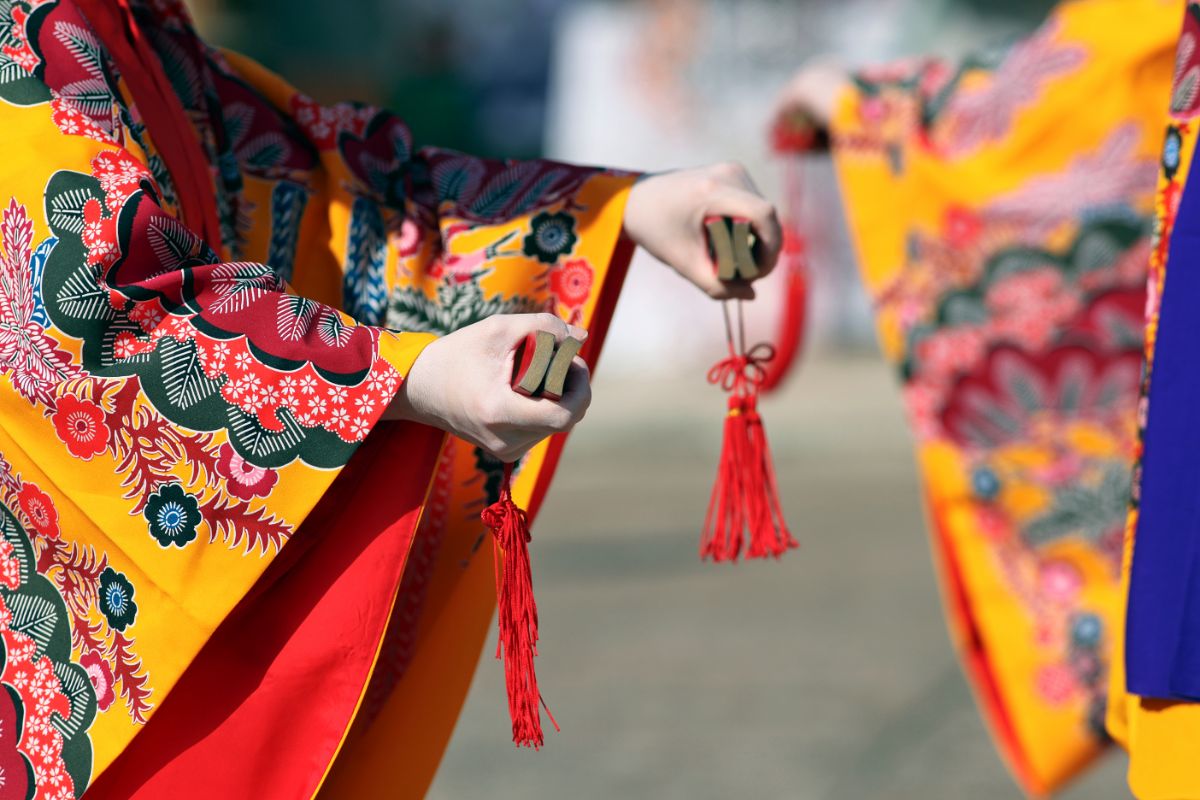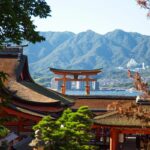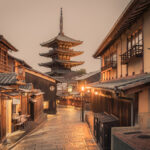Buddhism is one of the largest religions in the world. Originating from India, Buddhism has been practiced for centuries. It’s a religion that focuses on helping people to achieve spiritual enlightenment.
But does Japan practice Buddhism?
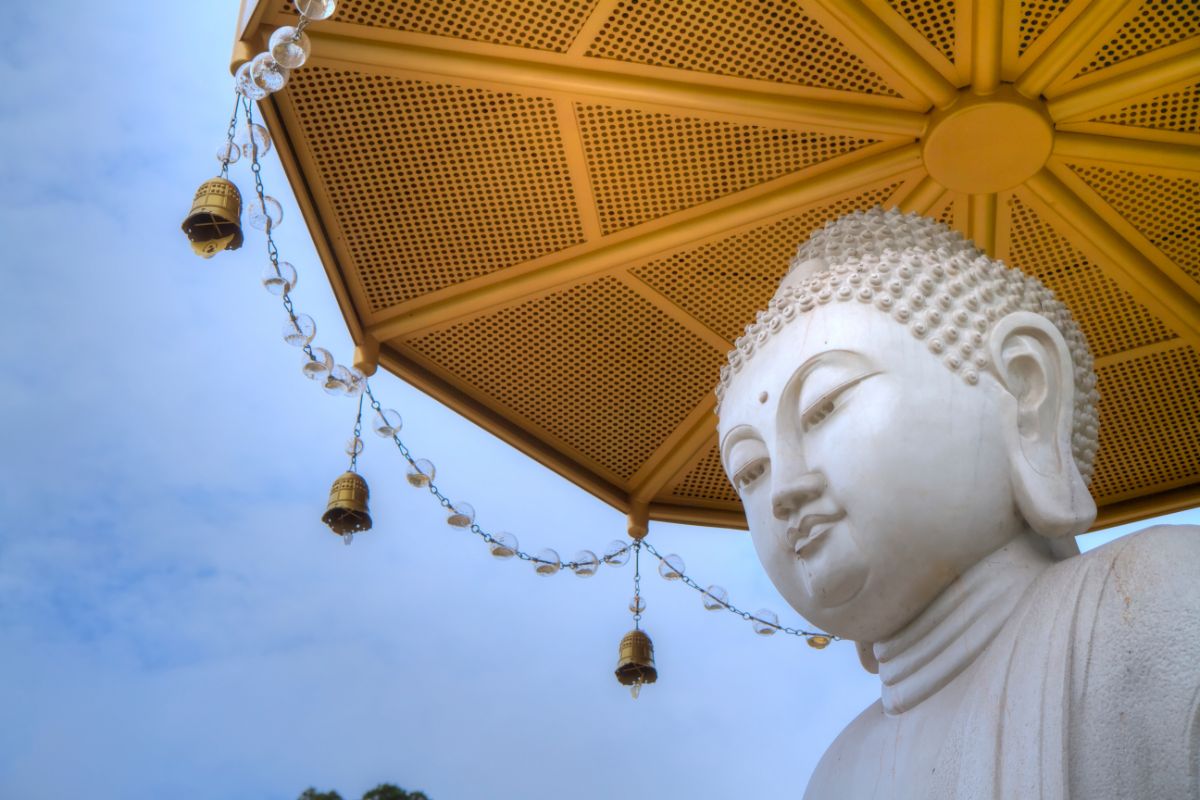
Yes, Buddhism is practiced in Japan. It’s the largest religion in the country by a significant margin. This guide explores everything you need to know about Japan’s relationship, as well as the other religions practiced there.
Do The Japanese Practise Buddhism?
Buddhism is the most popular religion in Japan. Research has found that roughly 30% of people living in Japan practice Buddhism. Behind Buddhism, the next most popular religion in Japan is Shintoism.
This is practiced by around 3% of the population.
On the other hand, the number of atheists is much higher. Approximately 60% of the population does not practice any religion.
Japan’s Relationship With Buddhism
Buddhism was first brought to Japan during the 6th century. It reached Japan through China and Korea through the Silk Road. This was the name of a popular trading route that connected the West to Asia.
Because of this, Buddhism in Japan is heavily affected by Chinese and Korean practices.
When Buddhism first arrived in Japan, it took some time for it to be accepted. The faith was first adopted by Japanese nobles and it became popular at court.
These religious theories were likely too difficult for people of lower class and education to understand.
The Soga Clan is believed to have been largely responsible for the spreading of Buddhism in Japan. The Soga Clan was a dominant aristocratic group in Japan between the 5th and 7th centuries.
However, other groups opposed Buddhism in Japan such as the Nakatomi Clan.
Buddhism was gradually embraced during the 6th century, resulting in the creation of several Buddhist temples.
Buddhism In The Nara Period
Arguably, it was not until the Nara Period (710 – 794) that Buddhism became a major religion in Japan. Numerous temples and monasteries were constructed over the Nara period, specifically in the capital city of Nara.
This includes Tōdai-ji and Gangō-ji. The most magnificent of these temples was the Nanto Shichi Daiji, which are known as the seven great temples.
Though Nara Buddhism was the dominant form of Buddhism in Japan at the time, there were other forms of Buddhism worhsipped in the country.
Buddhism In The Heian Period
Buddhism remained dominant in the Heian Period, though its practices started to evolve. In the Heian period, Emperor Kanmu moved the capital from Kyoto to Nara. As a result, Nara was deserted.
Shingon Buddhism emerged as a new form of the religion in Japan after it was introduced from China. This was a branch of Vajrayana Buddhism. Shingon Buddhism was brought to Japan by a monk called Kūkai.
A second form of Buddhism also became popular in Japan during the Heian period. This was known as the Tendai sect, which was based at Mount Hiei.
A Japanese monk known as Saichō established the Tendai sect in 805. Consequently, other variations of the Tendai sect started to emerge.
The Tendai sect rose in popularity, rapidly becoming one of the most influential forms of Buddhism. Its success was not just limited to the court; it was also popular with the lower classes.
In the later stages of the Heian Period, Buddhist warrior monks known as Sōhei emerged. These warrior monks were not only used to protect land, but they would challenge other Buddhist schools. They followed the Tendai sect.
Buddhism In The Kamakura Period
The Kamakura period (1185–1300) marked significant changes in Japan’s culture. Samurai warriors were given increased power and authority, while the influence of the aristocracy declined.
Kamakura Buddhism originated in this period. Yet, there were separate forms of Kamakura Buddhism, such as Nichiren, Zen, and Pure Land. Kamakura Buddhism soon became Japan’s dominant form of Buddhism, alongside Nara and Heian.
The Decline Of Buddhism In Japan
Between the Kamakura Period and the 17th century, Buddhism continued to be one of the largest religions in Japan. However, the 17th century represented a decline in this religion.
This started during the reign of the Tokugawa Shogunate (1600–1868). The state gained increased power over religious practices in the country, which was viewed as a way of diminishing the influence of Christianity.
As a consequence, Buddhist temples were controlled by the Japanese government.
Under the Tokugawa Shogunate, certain religions fared better than others. For instance, the Tendai sect had a better reputation than the Nichiren sect.
Despite this, Buddhism continued throughout the Edo period. Print publishing allowed Buddhist ideologies to be spread more easily. Buddhist literature was widely printed.
It was during the Meiji Restoration, which started in 1868, that Buddhism faced a serious decline. Meiji became the Emperor of Japan, which shifted Japan’s political landscape.
This new government maintained an anti-Buddhism stance. Instead, Shintoism was favored by the state.
The removal of Buddhism from Japan’s culture often took violent forms. For instance, Buddhist artifacts and texts were destroyed.
Moreover, Buddhist temples were permanently closed and monks were encouraged to convert to Shintoism. Some Buddhist monks were even killed and their temples were destroyed.
The new government connected Buddhism with the previous ruling regime and claimed that it was a foreign religion.
Because Shintoism became Japan’s primary religion, many Buddhists were forced to change the ways that they practiced religion. This was known as new Buddhism.
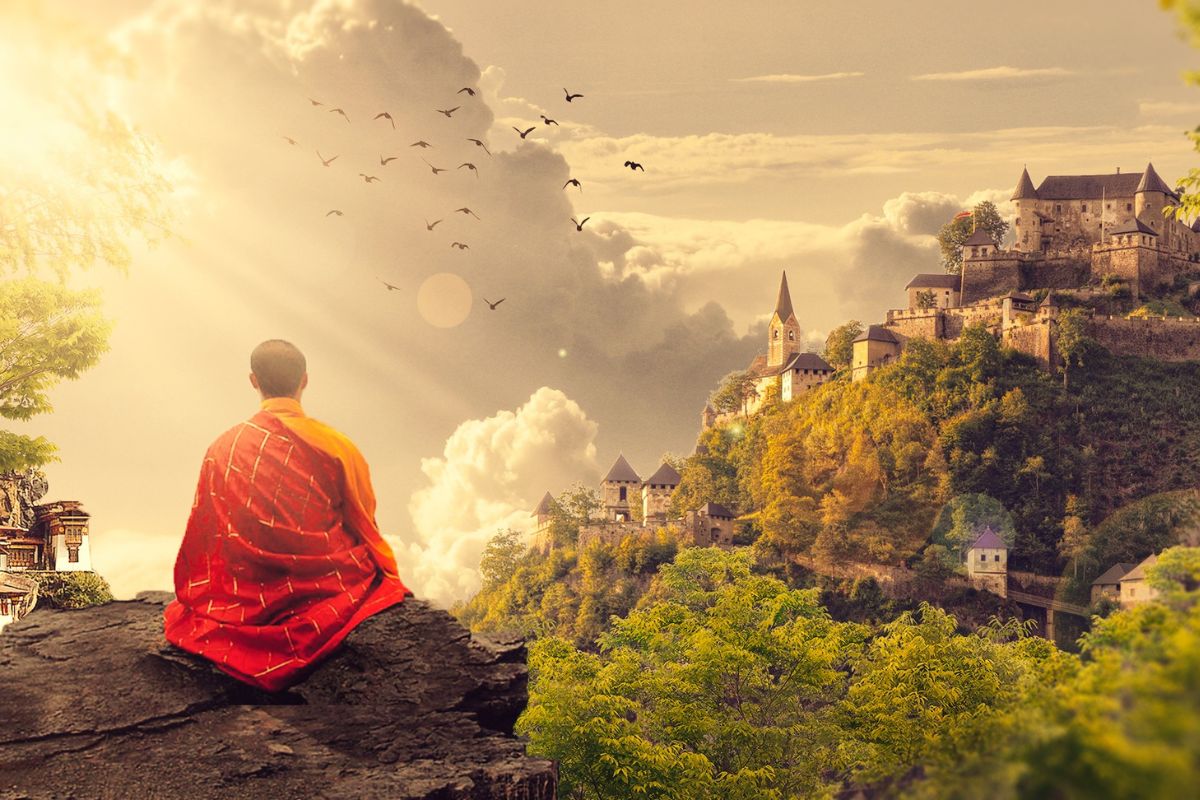
World War Two
The Second World War was waged between 1939 and 1945. During the war, numerous Buddhist institutions supported Japan’s military actions.
The government implemented further restrictions at Buddhist institutions which banned articles that could be against the rule of the emperor.
Japan was heavily impacted by the war, with lots of its cities destroyed. The government no longer forced state Shintoism.
Consequently, many people turned to Buddhism as a way of finding spiritual enlightenment.
Other Japanese Religions Explained
Shintoism
Shintoism is the second-largest religion in Japan. Some even call it the country’s most popular religion, though few people identify as Shintoists.
As mentioned, it became the country’s dominant religion during the Meiji Restoration. Shintoism is an indigenous religion, as it originated in Japan.
There are lots of Shinto shrines in Japan, many of which are popular with tourists.
Christianity
Catholicism was introduced to Japan in the 16th century by three Jesuits. These Jesuits managed to convert several people in Kyushu.
Around this time, Daimyo Toyotomi Hideyoshi banned Christianity, leading to 26 executions. This ban was removed after the Meiji Restoration.
Nowadays, only around 1% of Japan’s population is Christian, though it’s especially popular in the Nagasaki Prefecture.
Islam
Islam is a minor religion in Japan. It’s predominantly worshipped by Asian immigrants. Many Muslim immigrants moved to Japan in the 1980s because it was a period of economic stability.
Hinduism
Despite being a minority religion in Japan, Hinduism has influenced Japanese culture. This is due to the close relationship between Buddhism and Hinduism.
Judaism
In the 19th century, many Jews moved to Japan. As a result, the number of people practicing Judaism in the country increased into the 20th century.
At the time of the Second World War, some Jews escaped the Holocaust by immigrating to Japan, primarily from Poland.
Final Thoughts
Japan’s history with Buddhism is truly fascinating. It’s interesting to see how this religion influenced much of Japan’s culture.
If you plan on visiting Japan, it’s worth checking out some of the Buddhist shrines. They offer significant insight into Japan’s religious history!
- How Much Money Can You Make Teaching English in Japan? - December 12, 2022
- The Best Places to Teach English in Japan - December 9, 2022
- The Best Credentials for Teaching English in Japan - December 8, 2022

